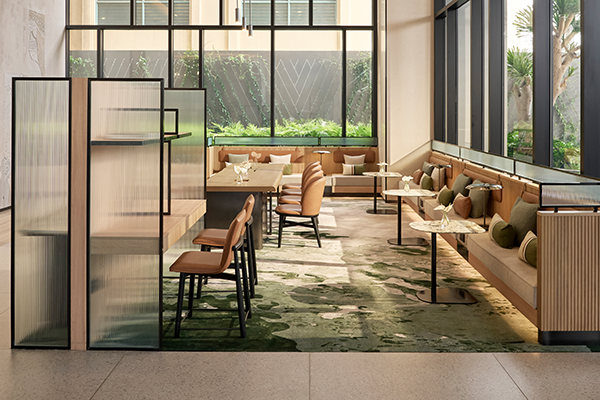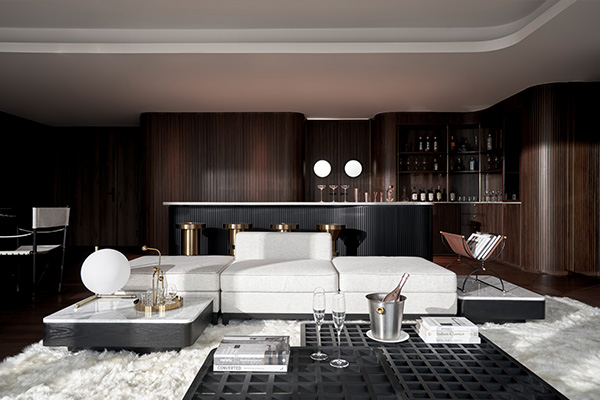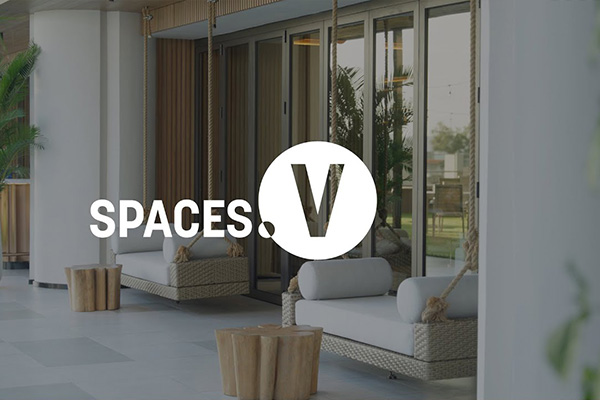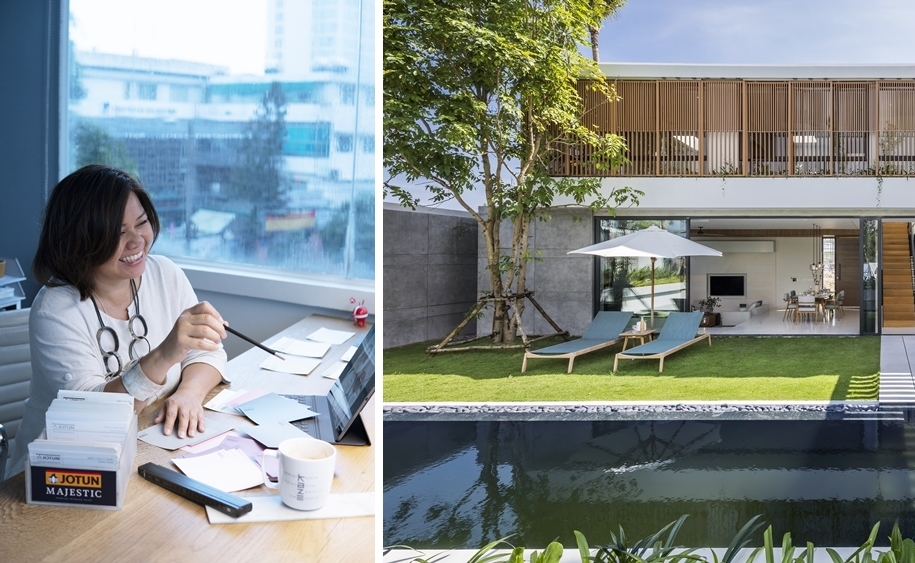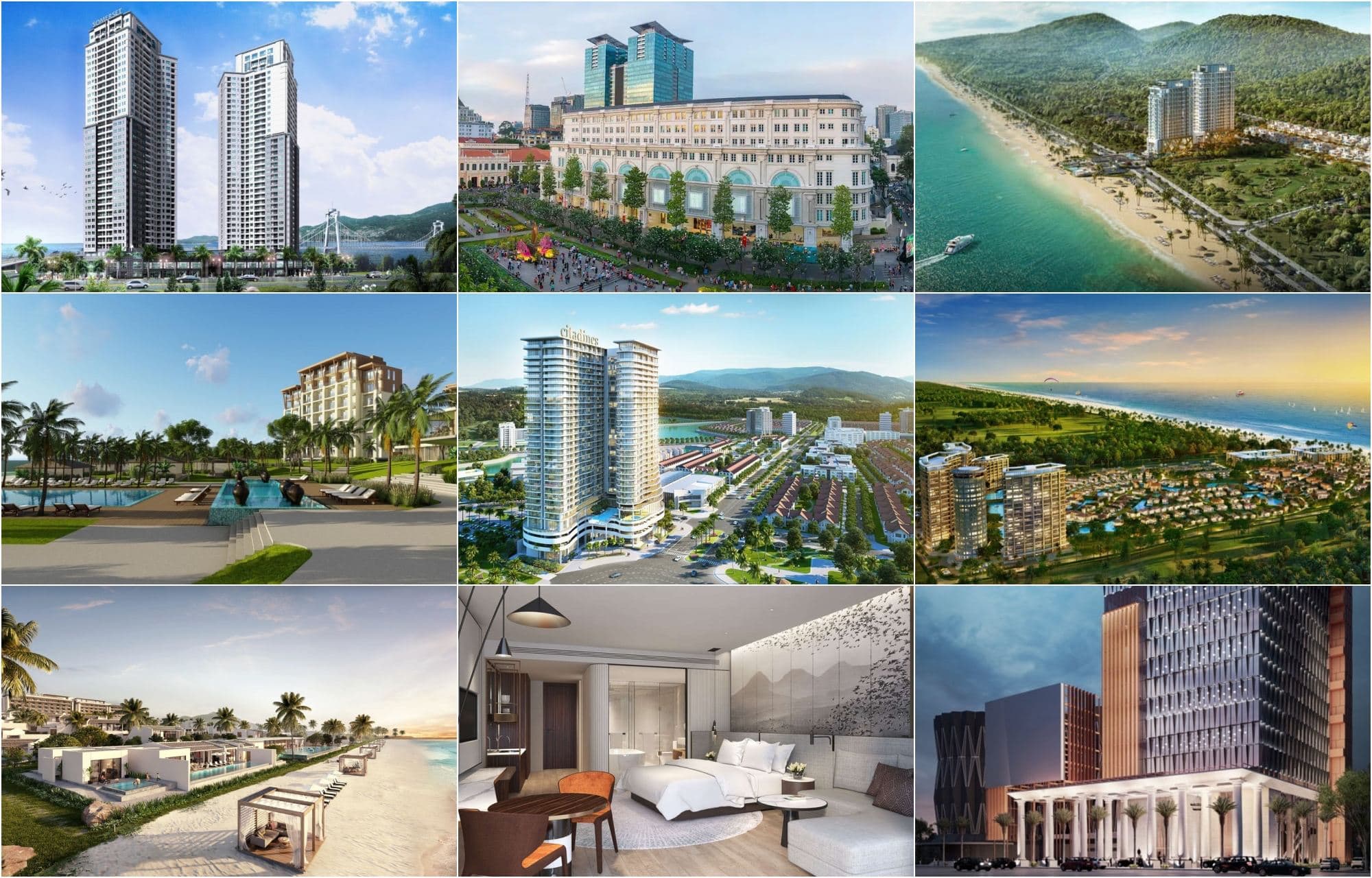QUALITY VS. QUANTITY: KAZE CONFRONTS CHEAP CONSTRUCTION
One of the secret “perks” to living in Ho Chi Minh City is that, for most residents, an alarm clock isn’t necessary. Every morning at around 7:00 am, 7 days a week, construction crews diligently start their work, ostensibly eager to do as much possible before the sweltering heat of midday. The shrill shouting of workers and the rumbling of jackhammers drilling into concrete is the near-constant soundtrack of one of Southeast Asia’s most rapidly-developing urban hubs.
In the past decade, HCMC has seen some dramatic new developments radically transform the city’s skyline, from modern urban developments in the Phu My Hung ward of District 7, to the Vinhomes mega-complex and Landmark 81, which is currently Southeast Asia’s tallest skyscraper. Relatively loose zoning restrictions have allowed massive developments, for better or worse, to break ground just about anywhere that space allows in this growing metropolis.

Elsewhere in Vietnam, huge new projects in major urban centers and tourist destinations like Nha Trang, Da Nang, Phu Quoc, Ha Long, and Hanoi have expanded rapidly to attract more tourists, provide more housing and office space, and lure foreign investors. Vietnam’s economy is one of the world’s fastest-growing, with steady increases in foreign investment, tourism, and GDP predicted well into the next decade.
Is Growth Outpacing Sustainability?
What does this rapid growth mean, practically, for locals and expats living and working in Vietnam? More foreign investment, as well as foreign development companies breaking ground on new projects in Vietnam, could introduce their expertise with more advanced and modern building techniques, including sustainable materials and future-proof designs, in a relatively young development market.
According to Danish architect Fong-Chan Paw Zeuthen, founder of KAZE Interior Design Studio in Ho Chi Minh City’s District 2, this is most often not the case.
“Big investment buyers come to Vietnam to invest in a development project and flip them for a 20% yield,” she says. “So the local real estate market is getting watered down with cheap, quick projects that turn a high profit margin regardless of actual build quality.”
This attitude and mindset toward development makes it very difficult for interior design professionals at KAZE to take on new projects with the full extent of their expertise. “Consultants are used more as tools, not valued for their consultancy,” Fong-Chan says.

In practice, this means developers most often seek the cheapest and most cost-effective solutions, rather than the smartest solutions that will save them and their end users from trouble further down the road. Interior design firms like KAZE, unfortunately, are often sought out merely to “rubber stamp” the process the developer has already determined in advance. With little to no thought given to environmental concerns and sustainability, this is a growing concern for many professionals who work with local developers.
Part of the problem stems from the young development market in Vietnam interacting with larger development conglomerates investing from afar. “Locals often don’t have lots of experience,” Fong-Chan says. “And [foreign developers] don’t have experience working with locals. Some developers have no idea what they’re doing—they’re first time developers.”
Newer technological advancements and sustainable building practices are eschewed in favour of more old-fashioned techniques that are cheaper and produce faster results. But those results aren’t always pretty; seeing cracks on the walls of brand new buildings in Vietnam is a common phenomenon, largely due to the construction materials, like bricks and mortar, not given enough time to dry out and “settle” before completing the construction process (as they dry, their composition and dimensions change).
Building materials are most often chosen based on how cheap they are—not whether their production or use is environmentally-friendly. Not only can they be damaging to the environment, however, they can actually be hazardous to human health as well. White asbestos is still widely-used in construction projects throughout Vietnam, and it wasn’t until 2018 that the government unveiled a roadmap to eliminate its use entirely by 2023.

One only has to look to the development of other huge metropolises throughout Asia to see similar patterns from their earlier stages of development. The infamous high-rise apartments in Hong Kong, for example, are exemplary of cheap, quick construction methods with little concern for end users and low-quality materials that degrade quickly overtime and increase long-term costs.
“In many cases we’re creating really bad living environments,” Fong-Chan says. “We’re not learning from mistakes that the other big cities have made.”
Beyond the developments themselves, these new high-rises often put a strain on local infrastructure. As the city eliminates green spaces due to the influx of traffic brought about by huge new housing developments, unseen problems are just beginning to come to light. In its current state, no water treatment or sewage system can support the number of new high rises being built at such a dizzying rate. For a city already struggling with pollution and increased flooding due to climate change, all these new developments could place even more pressure on an already overloaded system.
Hope for the Future
So what does this mean for the future of Vietnam? It’s a complex problem that developing countries all over the world struggle with as investors respond to market demands.
“Ultimately, the demand for quality is missing,” Fong-Chan points out. “Developers are not saving the environment or costs for the end user. They’re just looking for a quick turnover.”
Because of inefficient building materials and lack of energy-saving methods, it is most often the end users who are footing a higher monthly bill as a result. If foreign investors are only fixated on short-term returns, many of these new developments will actually cost property owners and business owners more money further down the line.

The challenge, therefore, is to increase consumer demand for buildings that are not just fashionable and functional now, but whose design and quality will stand the test of time. As the younger generation becomes more conscious of the environment and their own health, through growing global interconnectedness and education, there remains hope for the future.
Increasingly, we should be asking: should big foreign corporations not take some responsibility for the host country they are building in and making money off of? Shouldn’t we demand that they bring more innovative, advanced, sustainable solutions, instead of just exploiting the environment for a quick profit?
“KAZE is in the industry, questioning the direction we’re going as a community,” Fong-Chan says. “We are always pushing to create new sustainable communities with new developments.“
 New developments do create new communities that didn’t exist before. It is in these developments that the tremendous opportunity lies to build something that exists in harmony with the environment and promotes human health and happiness—not just for a quick return now, but for the benefit and economic well-being of Vietnam for generations to come.
New developments do create new communities that didn’t exist before. It is in these developments that the tremendous opportunity lies to build something that exists in harmony with the environment and promotes human health and happiness—not just for a quick return now, but for the benefit and economic well-being of Vietnam for generations to come.
Article credit: City Pass Guide

